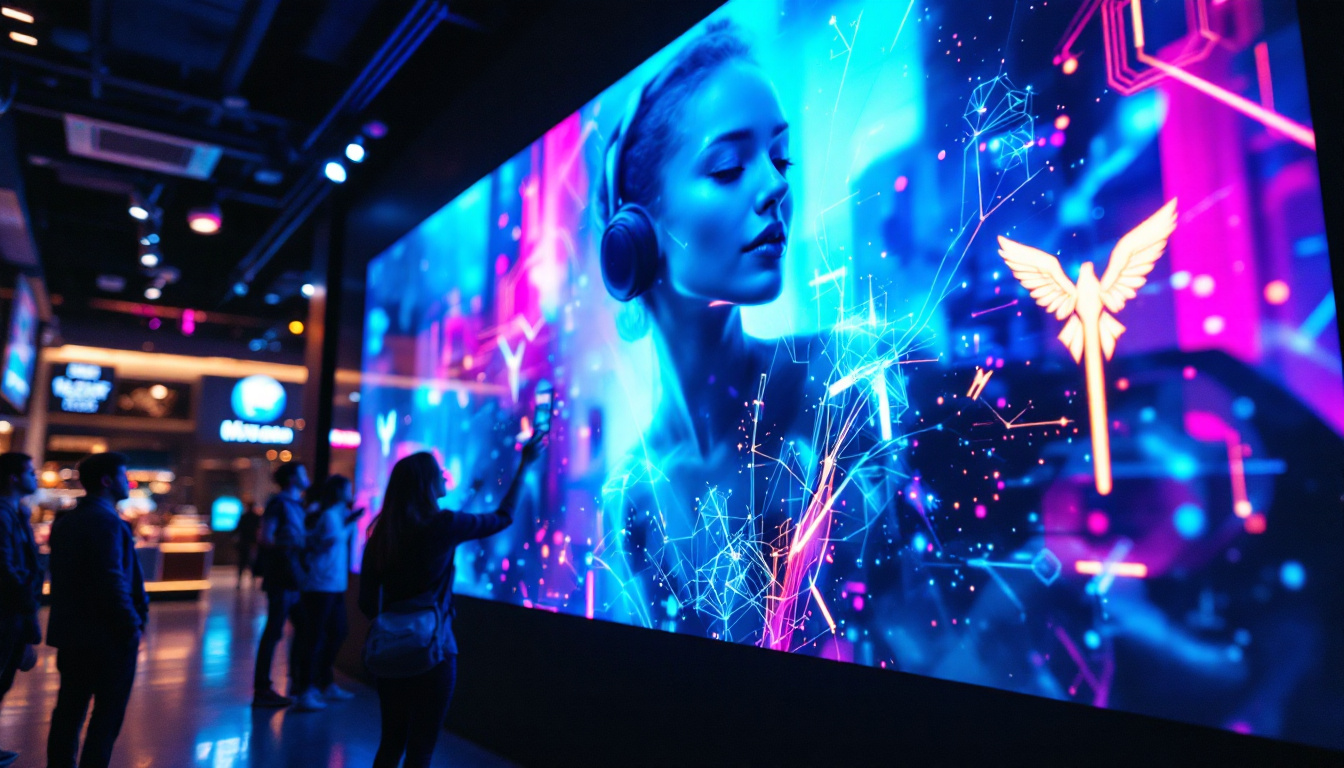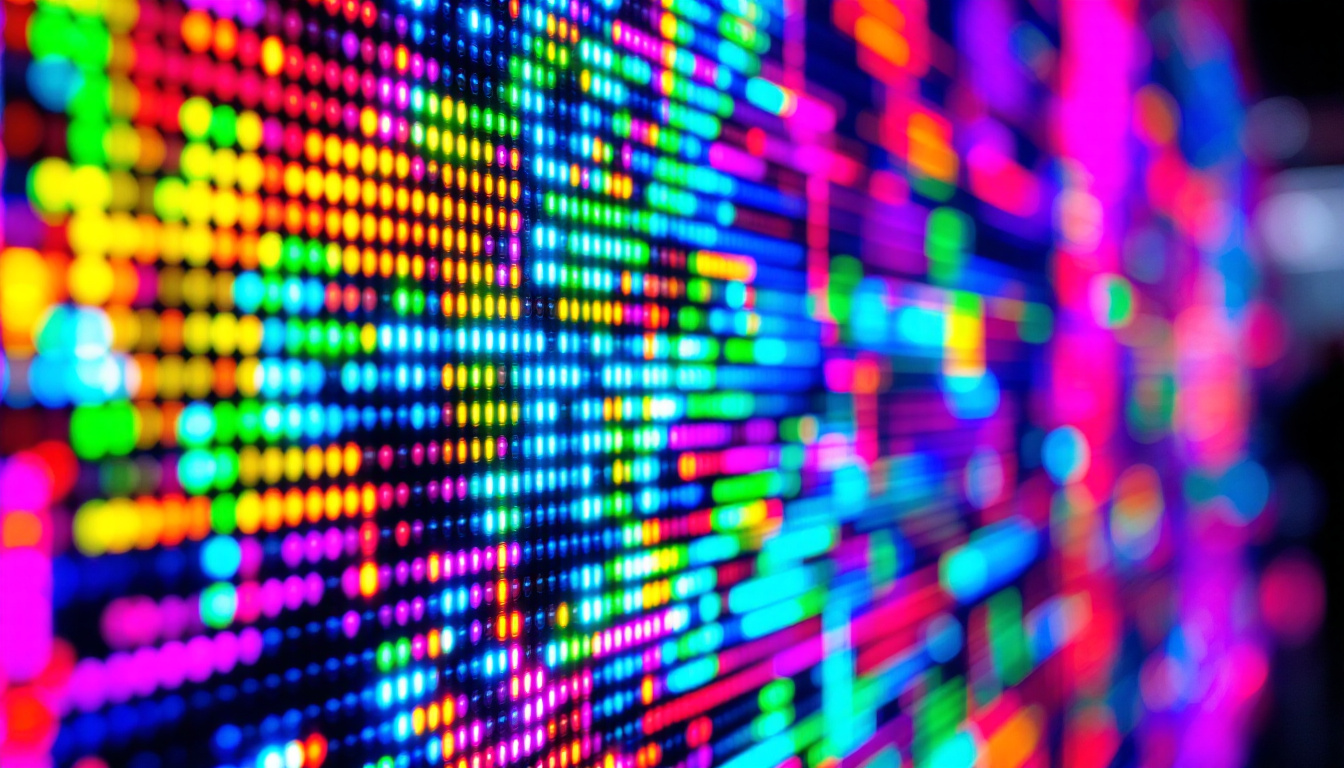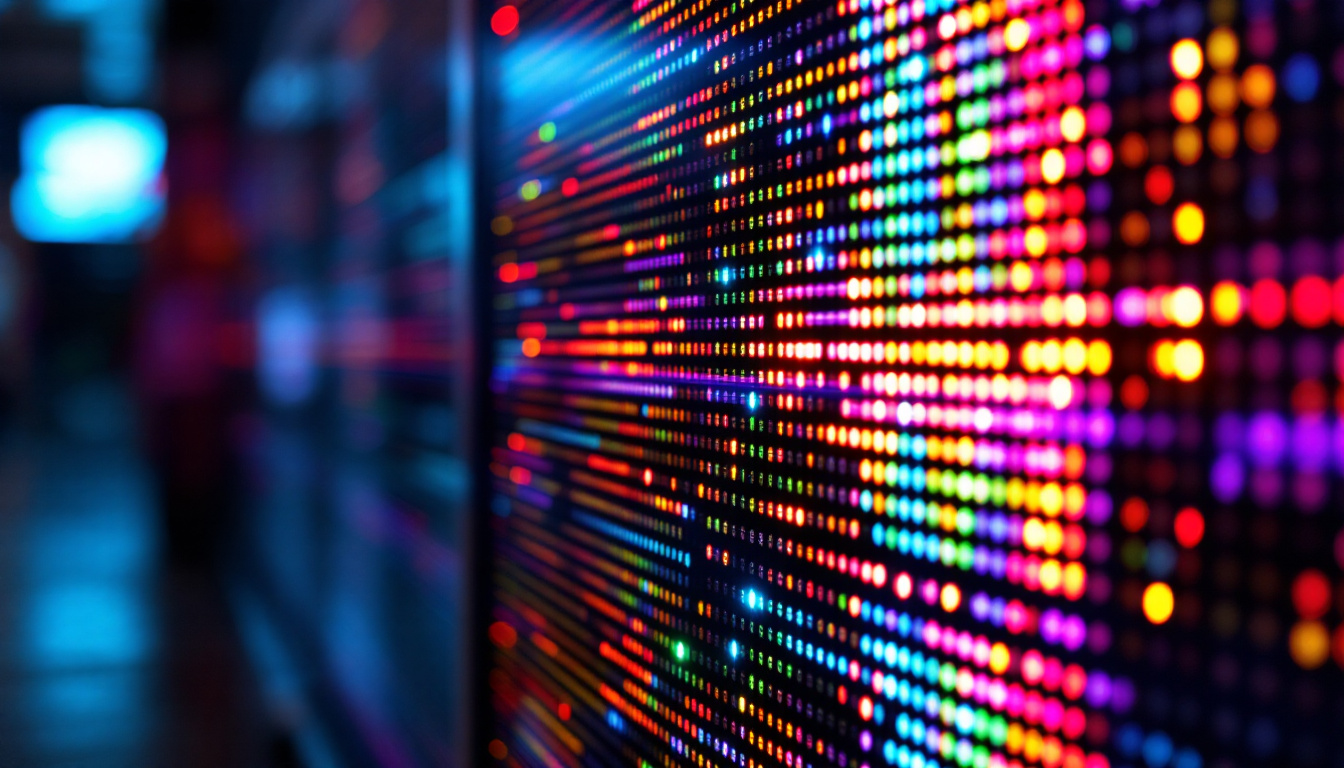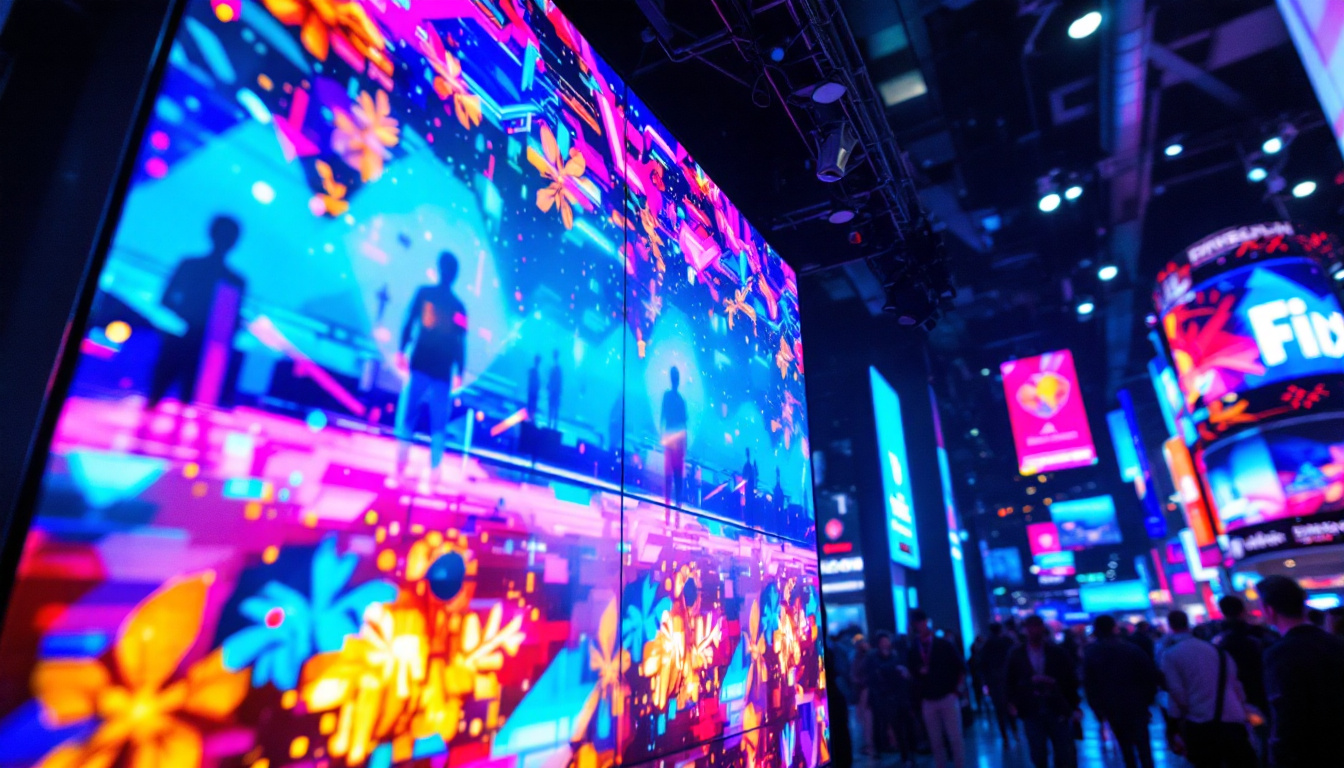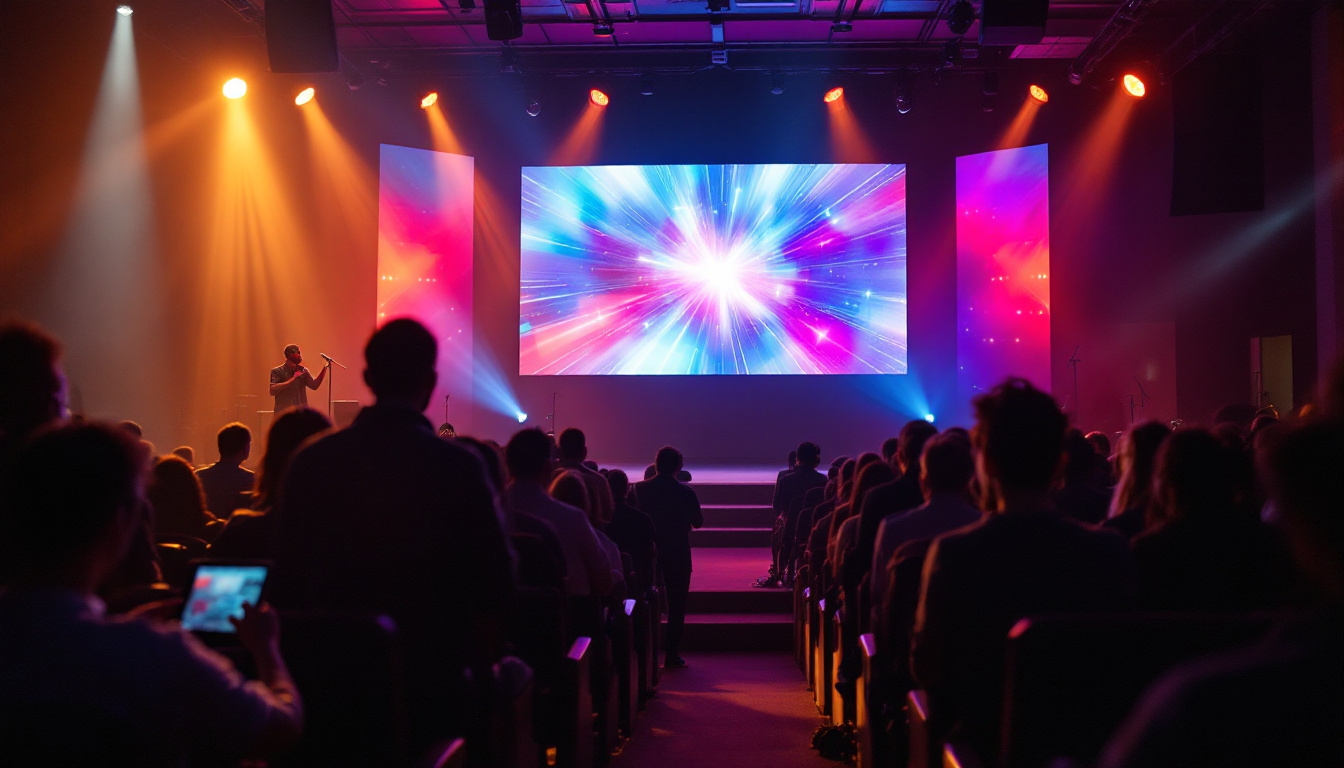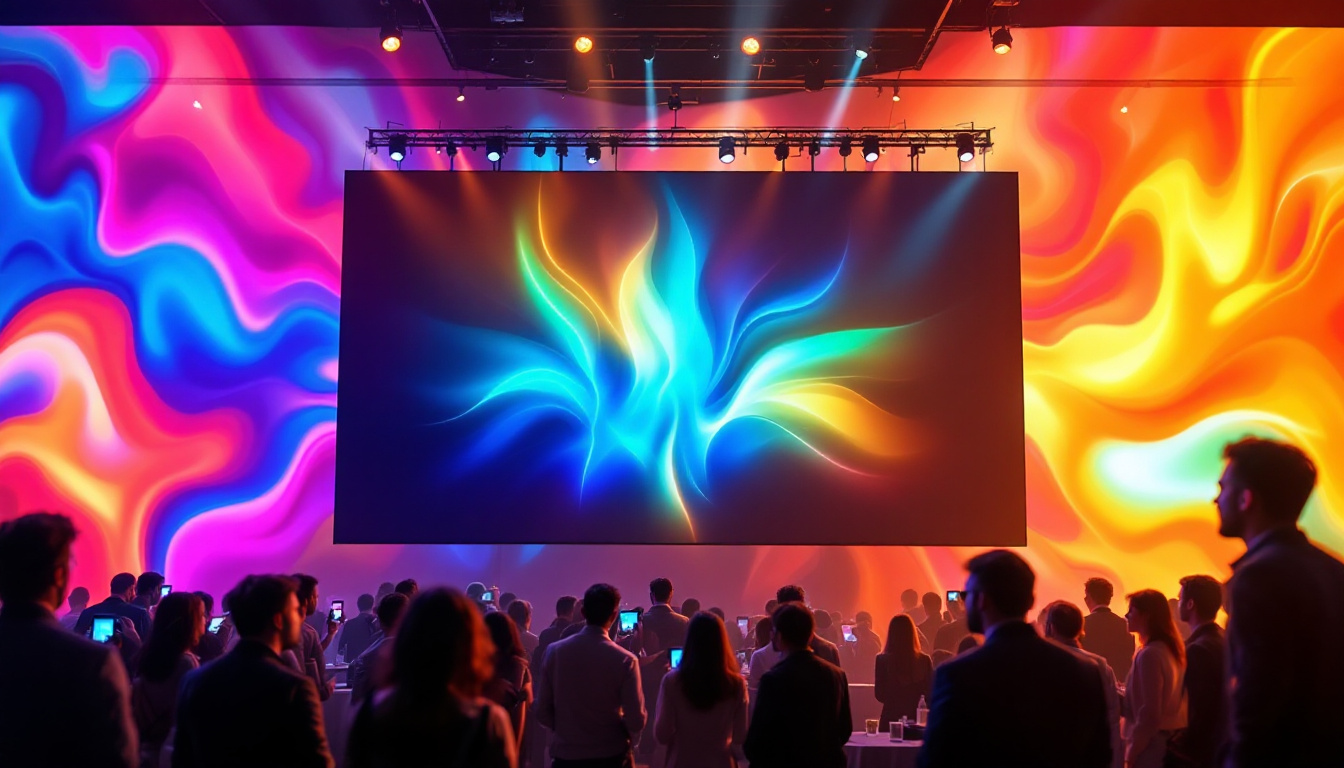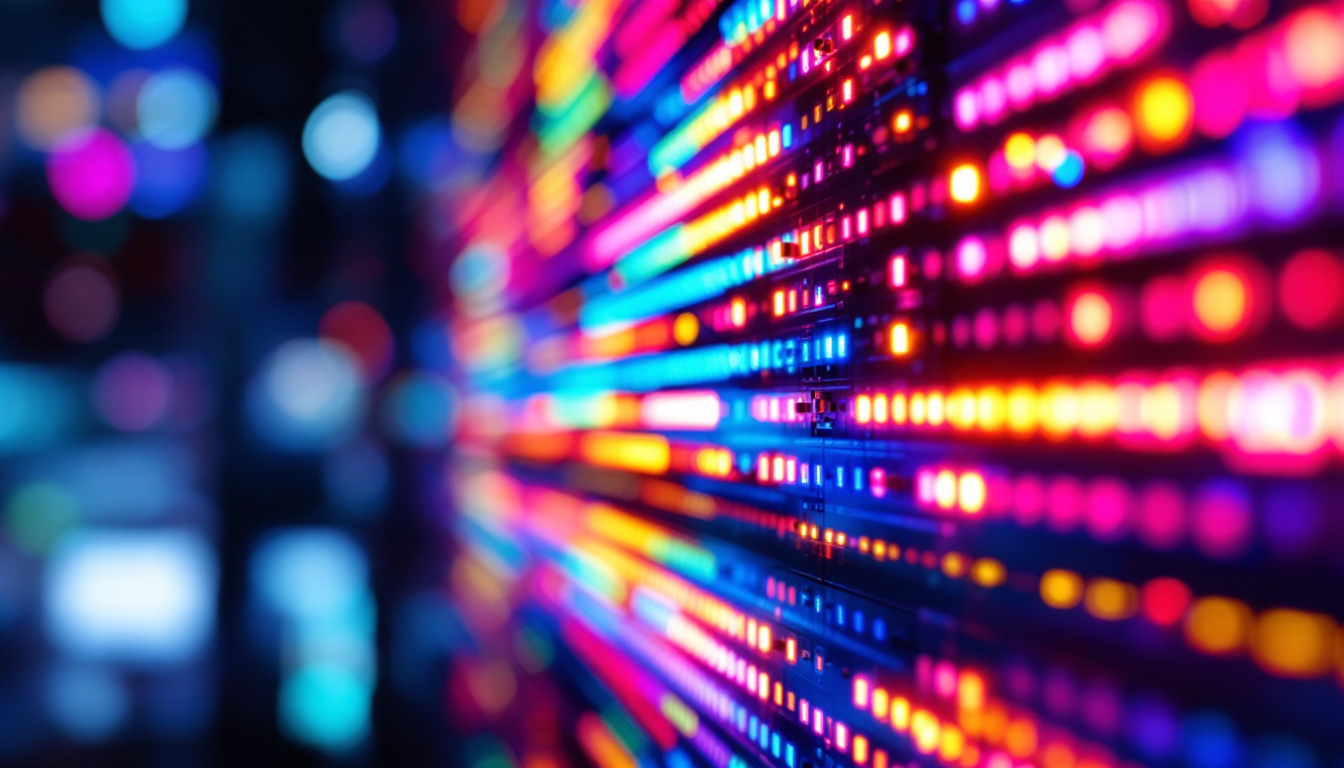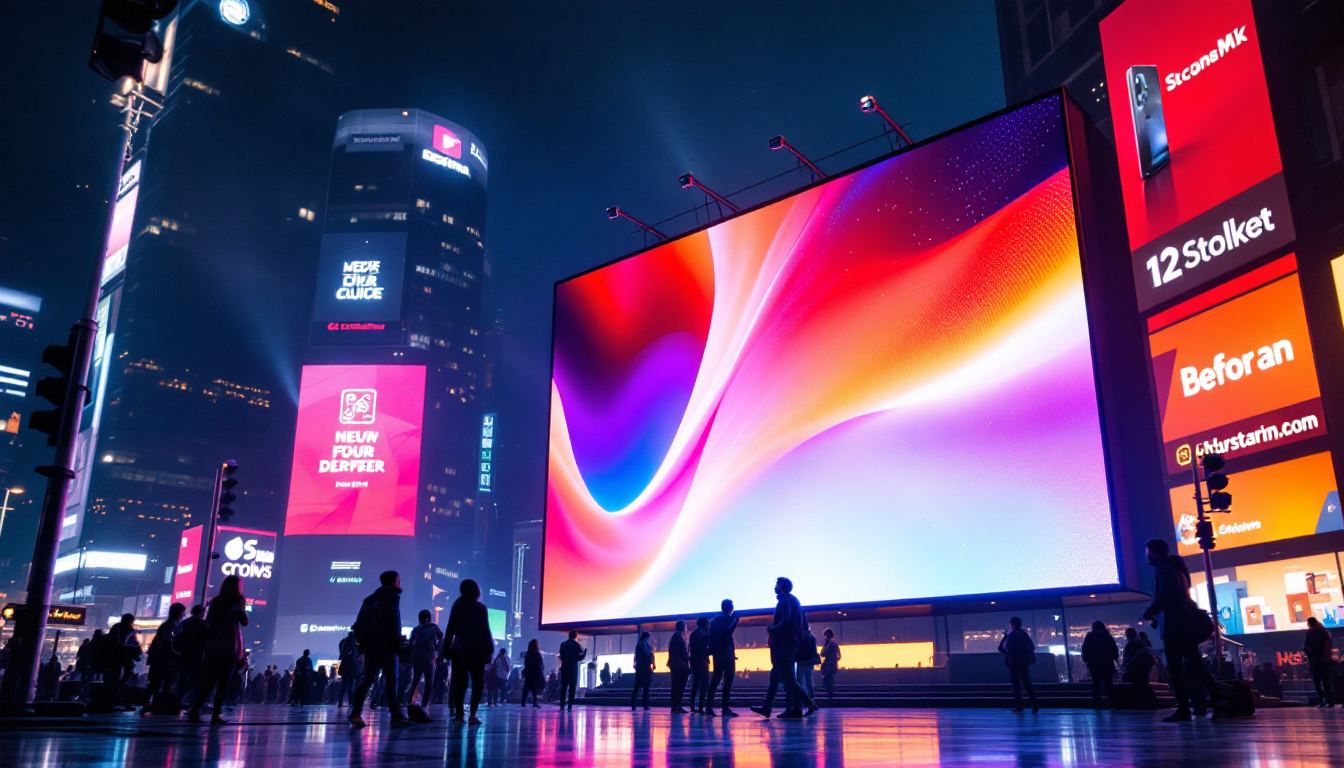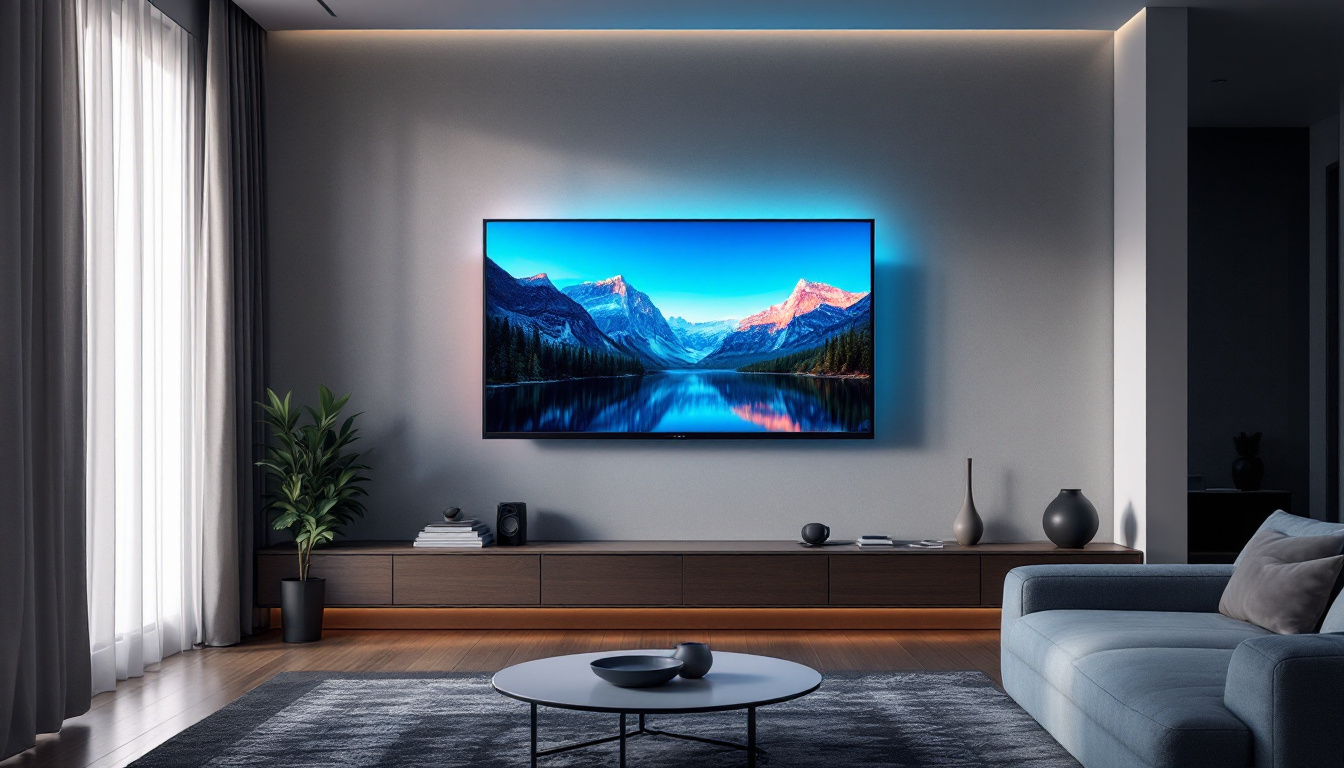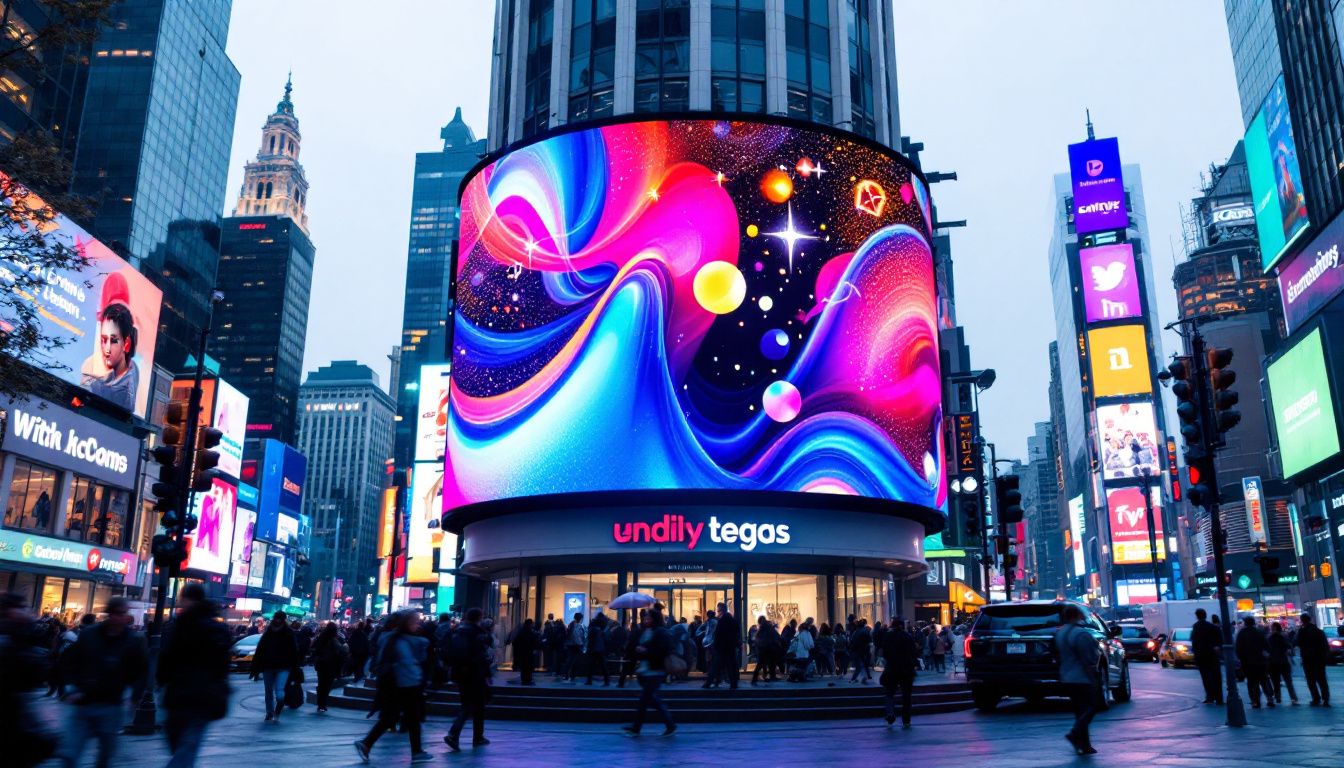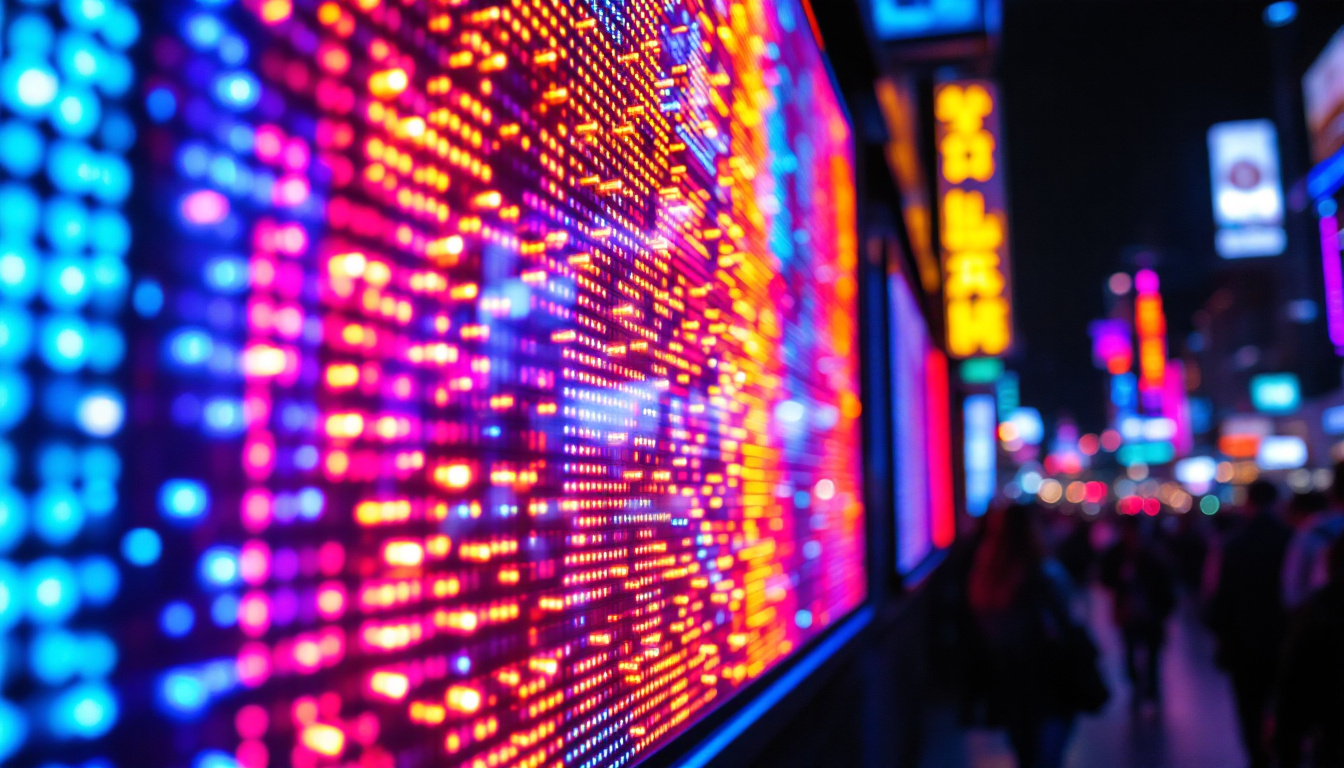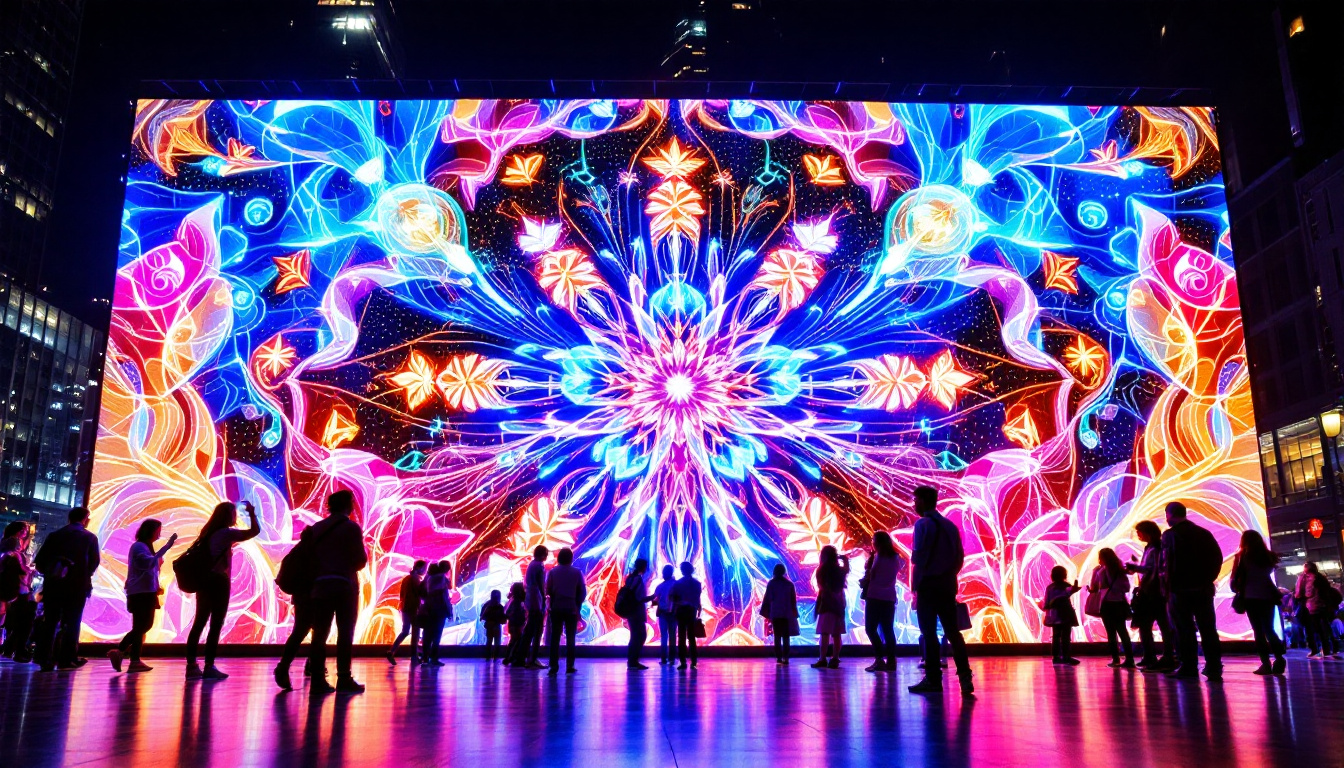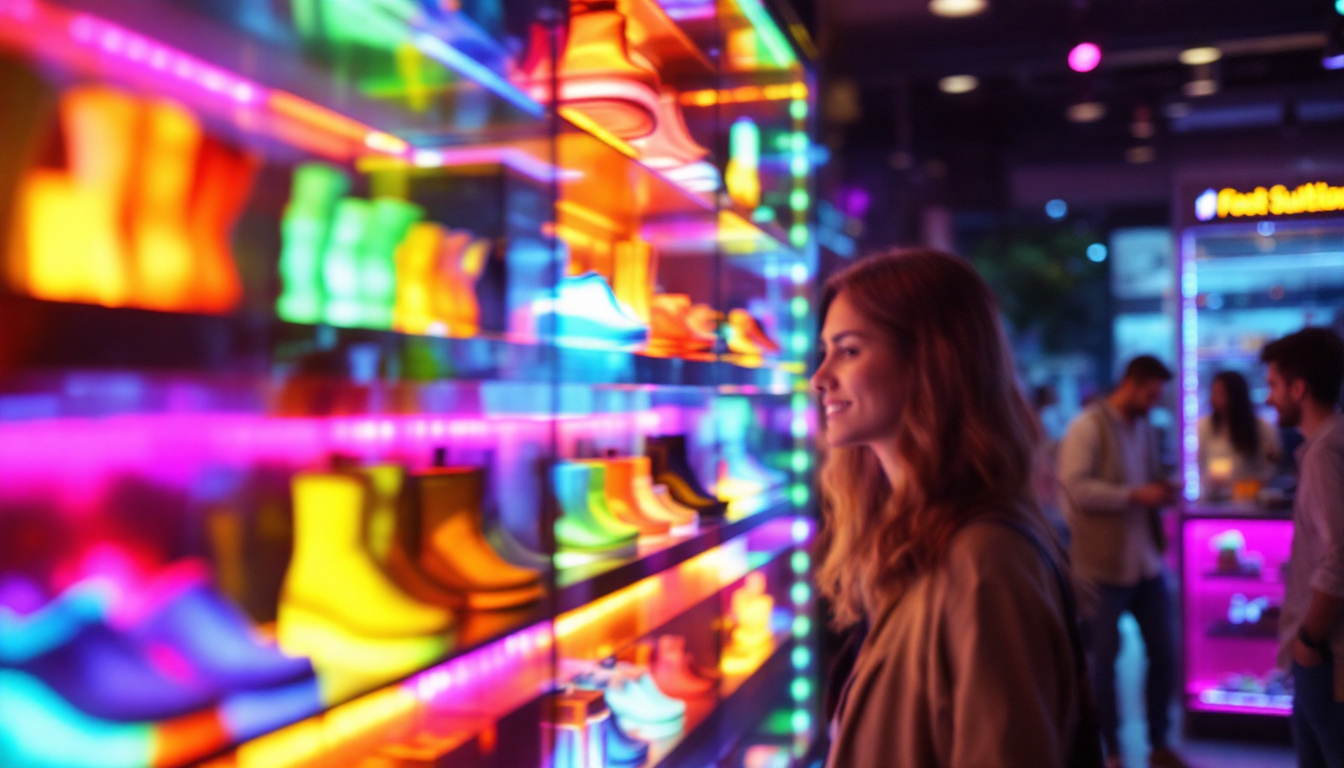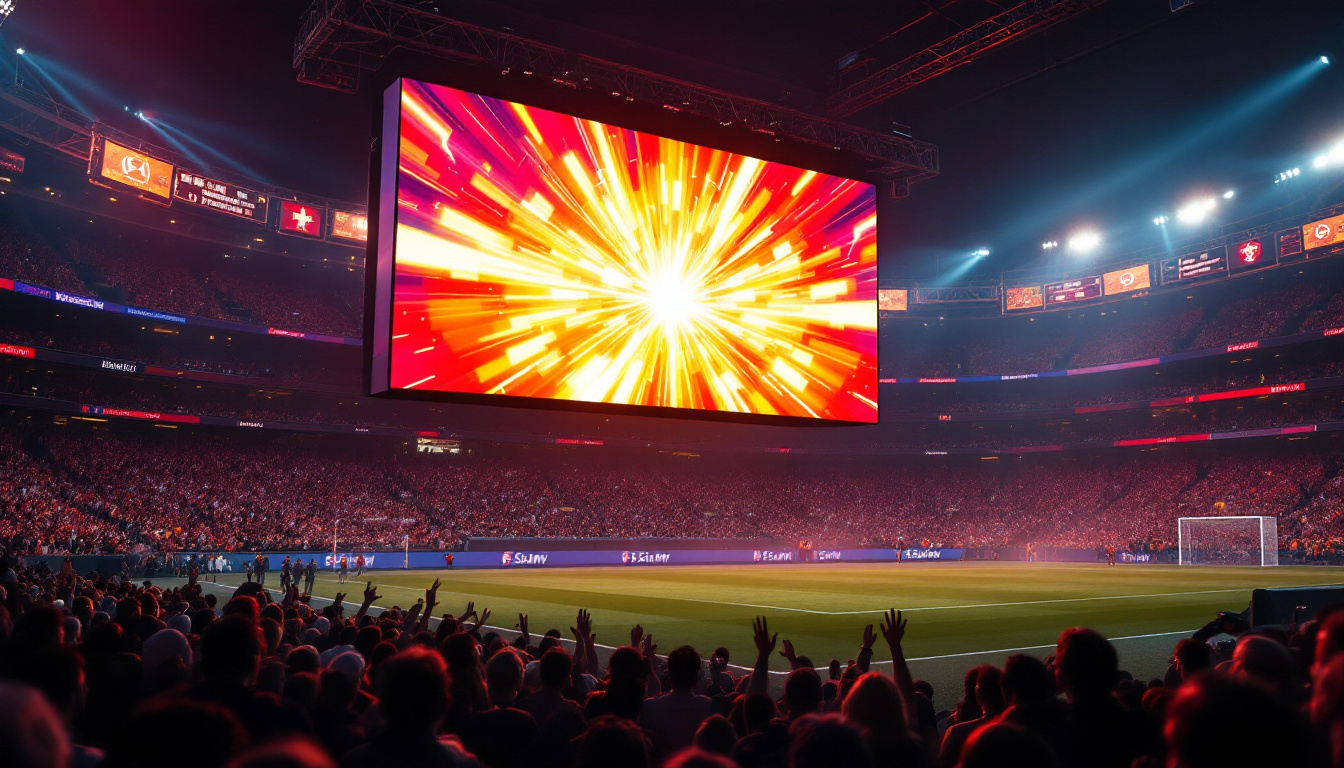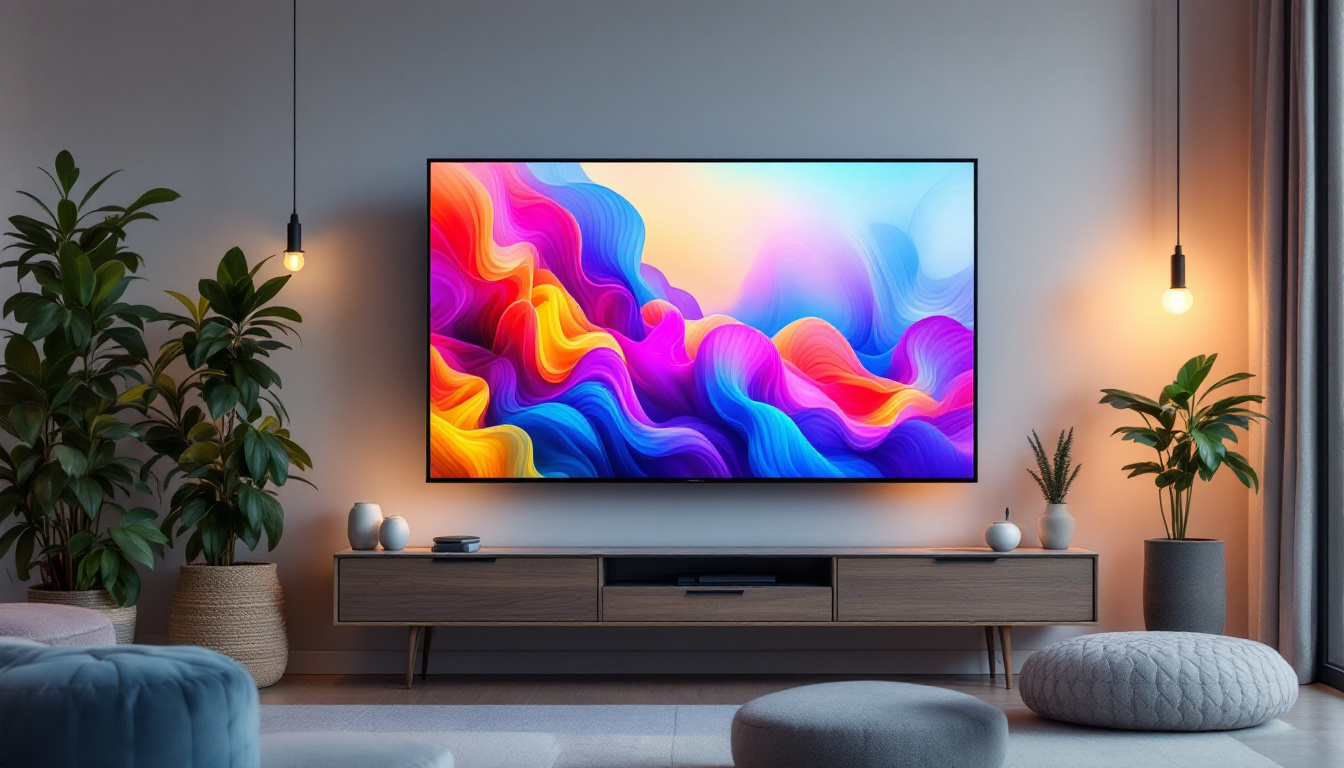In the realm of commercial television, the evolution of display technology has been nothing short of revolutionary. Among the various technologies available, LED displays have emerged as a frontrunner, transforming how businesses communicate with their audiences. This article delves into the intricacies of LED displays, exploring their functionality, advantages, and applications in commercial television.
Understanding LED Technology
LED, or Light Emitting Diode, technology has become synonymous with modern displays. Unlike traditional display technologies that rely on bulky components, LED displays utilize semiconductor materials to emit light. This fundamental difference allows for more compact designs and enhanced performance. The evolution of LED technology has not only transformed the way we view content but has also paved the way for innovations in energy efficiency and environmental sustainability, making it a preferred choice for both consumers and businesses alike.
How LED Displays Work
At the core of an LED display are numerous tiny diodes that emit light when an electric current passes through them. These diodes can produce various colors by altering the intensity of the light emitted. In commercial applications, LED displays are often composed of multiple pixels, each containing red, green, and blue diodes. By adjusting the brightness of each diode, a full spectrum of colors can be achieved, resulting in vibrant and dynamic images. This capability allows for not only stunning visuals but also the potential for interactive displays that can respond to user input or environmental changes.
The arrangement of these pixels is crucial. In commercial settings, displays can be configured in various sizes and resolutions, allowing for flexibility in design and functionality. The higher the pixel density, the sharper the image, making LED displays an ideal choice for high-visibility environments. Additionally, advancements in technology have led to the development of curved and flexible LED screens, which can adapt to various architectural designs and enhance the viewer’s experience by providing immersive visuals from different angles.
Types of LED Displays
There are several types of LED displays, each suited for different applications. The most common types include:
- Direct View LED: These displays are made up of individual LED modules that form a larger screen. They are often used for large outdoor billboards and indoor video walls, providing bright and clear images even in direct sunlight. Their modular nature allows for easy maintenance and scalability, making them a popular choice for event venues and advertising.
- LED-backlit LCD: This technology combines traditional LCD panels with LED backlighting, enhancing brightness and color accuracy. It is widely used in televisions and computer monitors, offering a balance between performance and cost. The use of LED backlighting has significantly improved the energy efficiency of LCD screens, reducing power consumption without compromising on quality.
- Organic LED (OLED): A newer technology that uses organic compounds to emit light, offering superior color and contrast. OLED displays are commonly found in high-end televisions, smartphones, and tablets. Their ability to produce true blacks and a wide color gamut makes them ideal for cinematic experiences, while their thin profile allows for sleek designs that appeal to modern aesthetics.
In addition to these common types, there are also specialized LED displays, such as transparent LEDs, which are gaining traction in retail environments for advertising without obstructing visibility. These displays can be integrated into windows or glass surfaces, providing a unique way to engage customers while maintaining the aesthetic of the space. Furthermore, advancements in microLED technology are promising even greater performance, with individual micro-sized LEDs that can create displays with unmatched brightness and energy efficiency, potentially revolutionizing the industry once again.
The Advantages of LED Displays
LED displays offer a multitude of advantages that make them a preferred choice for commercial television. Their unique characteristics enable businesses to engage audiences more effectively and efficiently.
Energy Efficiency
One of the most significant benefits of LED technology is its energy efficiency. LED displays consume considerably less power compared to traditional display technologies. This reduced energy consumption not only lowers operational costs but also aligns with sustainability initiatives, making them an environmentally friendly option. Moreover, many LED displays come equipped with advanced dimming capabilities, allowing them to adjust brightness based on ambient light conditions. This feature not only conserves energy but also enhances the viewing experience by providing optimal brightness at all times.
Brightness and Visibility
LED displays are known for their exceptional brightness, which makes them ideal for both indoor and outdoor applications. In bright sunlight, traditional displays often struggle to maintain visibility, but LED technology excels in these conditions. This capability ensures that advertisements and broadcasts remain clear and engaging, regardless of the surrounding environment. Additionally, the high contrast ratios of LED displays contribute to sharper images and vibrant colors, which can captivate audiences and draw attention more effectively than other display types. This is particularly beneficial in crowded venues or busy urban settings where competition for viewer attention is fierce.
Longevity and Durability
Another advantage of LED displays is their longevity. These displays typically have a lifespan of over 100,000 hours, significantly outlasting other display technologies. Additionally, they are more resistant to shocks and vibrations, making them suitable for high-traffic areas and outdoor installations. The robust construction of LED displays also means they can withstand harsh weather conditions, such as rain, snow, and extreme temperatures, without compromising performance. This durability not only reduces maintenance costs but also minimizes downtime, ensuring that businesses can maintain a continuous presence in the market. Furthermore, the modular design of many LED displays allows for easy repairs and upgrades, making them a cost-effective long-term investment for companies looking to stay at the forefront of technology.
Applications of LED Displays in Commercial Television
The versatility of LED displays allows them to be utilized across various sectors within commercial television. From advertising to broadcasting, their applications are vast and impactful.
Advertising and Marketing
In the advertising realm, LED displays have revolutionized how brands communicate with consumers. Dynamic content can be displayed in real-time, allowing for targeted advertising based on time of day or audience demographics. This capability enhances engagement and can lead to higher conversion rates.
Moreover, the ability to change messages quickly and easily means that businesses can adapt their marketing strategies on the fly. For instance, a restaurant could display its daily specials or promotional offers, attracting foot traffic and increasing sales.
Broadcasting and Events
LED displays are also integral to broadcasting, especially during live events. Large screens can be set up in stadiums or concert venues, providing audiences with an enhanced viewing experience. These displays can show live feeds, replays, and graphics, ensuring that everyone in attendance remains engaged.
Additionally, during televised events, LED displays can be used for branding and sponsorship opportunities, providing valuable advertising space that can be monetized.
Information Displays
Beyond advertising, LED displays serve as effective information boards in various commercial settings. Airports, train stations, and shopping malls utilize LED screens to display real-time information, such as flight schedules, train arrivals, and promotional messages. This functionality enhances customer experience by providing timely and relevant information.
Challenges and Considerations
While LED displays offer numerous benefits, there are challenges and considerations that businesses must keep in mind when implementing this technology.
Initial Investment Costs
The initial cost of purchasing and installing LED displays can be significant. Although prices have decreased over the years, high-quality LED displays still represent a considerable investment. Businesses must weigh the long-term benefits against the upfront costs to determine if this technology aligns with their financial goals.
Maintenance and Upkeep
LED displays require regular maintenance to ensure optimal performance. Dust, dirt, and environmental factors can affect the display’s brightness and clarity. Establishing a maintenance schedule and having trained personnel on hand can mitigate these issues, ensuring that displays remain in top condition.
Content Management
Creating and managing content for LED displays can be complex. Businesses need to invest in content management systems and possibly hire skilled personnel to design engaging visuals. The effectiveness of an LED display is not solely based on its hardware; the quality of the content displayed plays a crucial role in capturing audience attention.
The Future of LED Displays in Commercial Television
The future of LED displays in commercial television looks promising, with advancements in technology continually pushing the boundaries of what’s possible. As the demand for high-quality visual experiences grows, LED technology is expected to evolve in several key areas.
Improved Resolution and Pixel Density
As technology progresses, the resolution and pixel density of LED displays will continue to improve. Higher resolutions will allow for even sharper images, making displays more effective for detailed graphics and videos. This improvement will be particularly beneficial for applications requiring close viewing, such as in retail environments.
Integration with Smart Technology
The integration of LED displays with smart technology will enhance their functionality. Features such as remote management, real-time analytics, and interactive capabilities will become more prevalent. Businesses will be able to analyze audience engagement and tailor content accordingly, maximizing the impact of their displays.
Sustainability Initiatives
As environmental concerns become more pressing, the push for sustainable technology will influence the development of LED displays. Manufacturers are likely to focus on creating energy-efficient products and utilizing recyclable materials in their construction. This shift will not only benefit the environment but also appeal to consumers who prioritize sustainability.
Conclusion
LED displays have transformed the landscape of commercial television, offering unparalleled advantages in terms of visibility, energy efficiency, and versatility. As businesses continue to seek innovative ways to engage their audiences, LED technology will play a pivotal role in shaping the future of advertising, broadcasting, and information dissemination.
While challenges such as initial costs and content management exist, the long-term benefits of LED displays far outweigh these hurdles. As advancements in technology continue to emerge, the potential for LED displays in commercial television will only expand, paving the way for more dynamic and interactive experiences.
In summary, understanding the intricacies of LED displays is essential for businesses looking to leverage this technology effectively. By embracing LED displays, companies can enhance their communication strategies, captivate their audiences, and ultimately drive success in an increasingly competitive marketplace.
Explore Cutting-Edge LED Display Solutions with LumenMatrix
Ready to elevate your commercial television experience with the latest in LED display technology? Discover LumenMatrix’s innovative solutions, from Indoor and Outdoor LED Wall Displays to specialized options like Vehicle LED Displays, LED Sports Displays, and Custom LED Displays. Our mission is to revolutionize visual communication, providing you with digital signage that not only enhances engagement but also captivates your audience with stunning clarity. Don’t miss the opportunity to transform your brand’s visibility. Check out LumenMatrix LED Display Solutions today and step into the future of dynamic visual storytelling.

